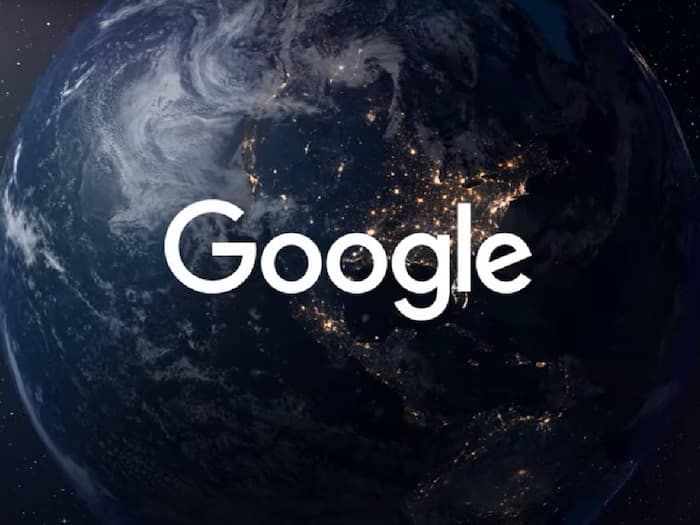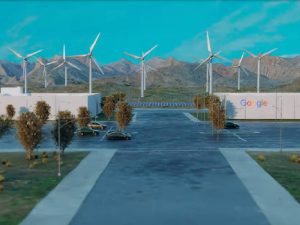
Written By Deepti Ratnam
Published By: Deepti Ratnam | Published: Oct 15, 2024, 01:39 PM (IST)

Google is making significant strides in advancing clean energy, particularly with next-generation technologies. More recently, it became the first company to ink an agreement to acquire nuclear energy from small modular reactors (SMRs) from Kairos Power. This pioneering blueprint partnership expects to launch Kairos Power’s first SMR by 2030 and another reactor by 2035. This deal aims to provide from 300 to 500 MW of carbonless energy to American electricity frameworks to make clean nuclear energy affordable. Also Read: iQOO 15 Too Expensive? 7 Flagship Phones To Compare Before You Buy
This initiative is crucial for two main reasons. First, since AI technologies are actively integrated into innovation, business services, and economic growth, the demand for new, clean energy sources is also rising. Thus, supporting of SMRs Google guarantees that future requirements in energy will be provided efficiently and without negative impact for the environment, leveraging the AI capabilities. Also Read: Google Meet Down In India: Users Unable To Join Calls

Also Read: Google Pixel 10 Price Dropped By Rs 10,000 During Black Friday Sale: Check The Deal Here
Second, clean nuclear energy has an effective continuous power density that ensures the continual generation of CO2-free electricity. This is a way of achieving a shift in the global power sector’s carbon emissions trend.
Kairos Power’s current modular reactors SMRs utilize molten-salt cooling and ceramic pebble fuel, giving a better and safer heat exchange mechanism essential in moving steam turbines. This design also helps reduce costs in constructing and deploying them since reactors in this design work under less pressure, and the structures can be located almost anywhere.
By investing in advanced nuclear technology, Google is promoting clean energy and contributing to job creation and economic growth. According to the U.S. Department of Energy, 200 gigawatts of advanced nuclear capacity will require 375,000 additional workers by 2050.
Additionally, for the first time, Google partnered with Fervo Energy for an enhanced geothermal project that it completed in November last year. Using this success, Google joined utilities across the United States earlier this year to launch an innovative clean transition rate.